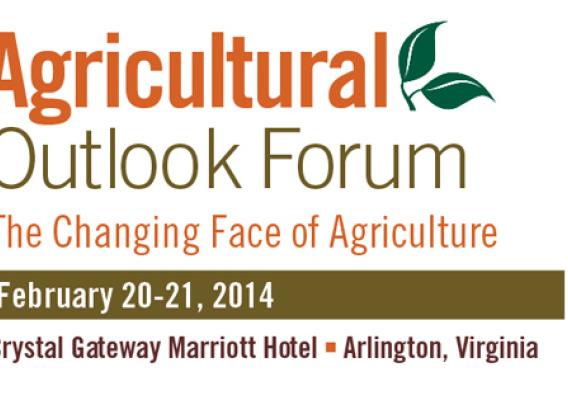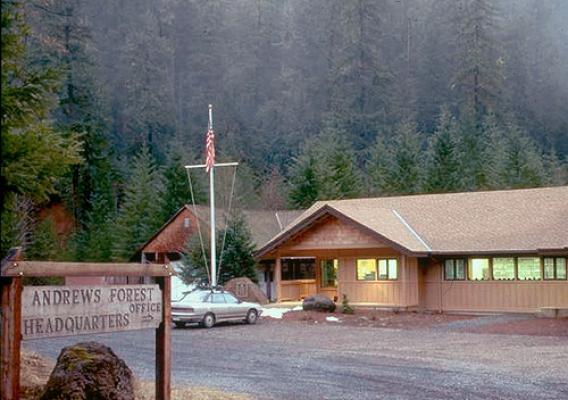The lands of the Pacific Northwest produce a bounty of grains, dairy, beef, fish, vegetables, and wild game that feed the people of the region and the rest of the country. Many of those who work directly with the land have been doing so for generations. Two of my own great uncles helped to bring irrigation to the Rogue River Valley near the turn of the 20th century, and my cousins have been farming there ever since.
Over time, farmers, ranchers, fishers, and private forest owners have accumulated knowledge and wisdom from family, local communities, and agricultural universities. These individuals have supported a technically progressive agricultural industry that supplies most of the nation’s potato crop and a good share of its wheat and milk. Agricultural producers are used to working with many sources of information about weather, water, climate, soils and fertility, pests, and disease and then making important decisions and investments about what they will do on the land. Their decisions about investments of time, money, and materials have daily, seasonal, annual, and multi-year implications. Selections of fruit, nut, grape, or forest tree varieties and capital investments in machinery, irrigation, and processing are made with today’s best information in anticipation of several decades or more. Doing this right requires both technical savvy and the wisdom to integrate many different kinds of information.








